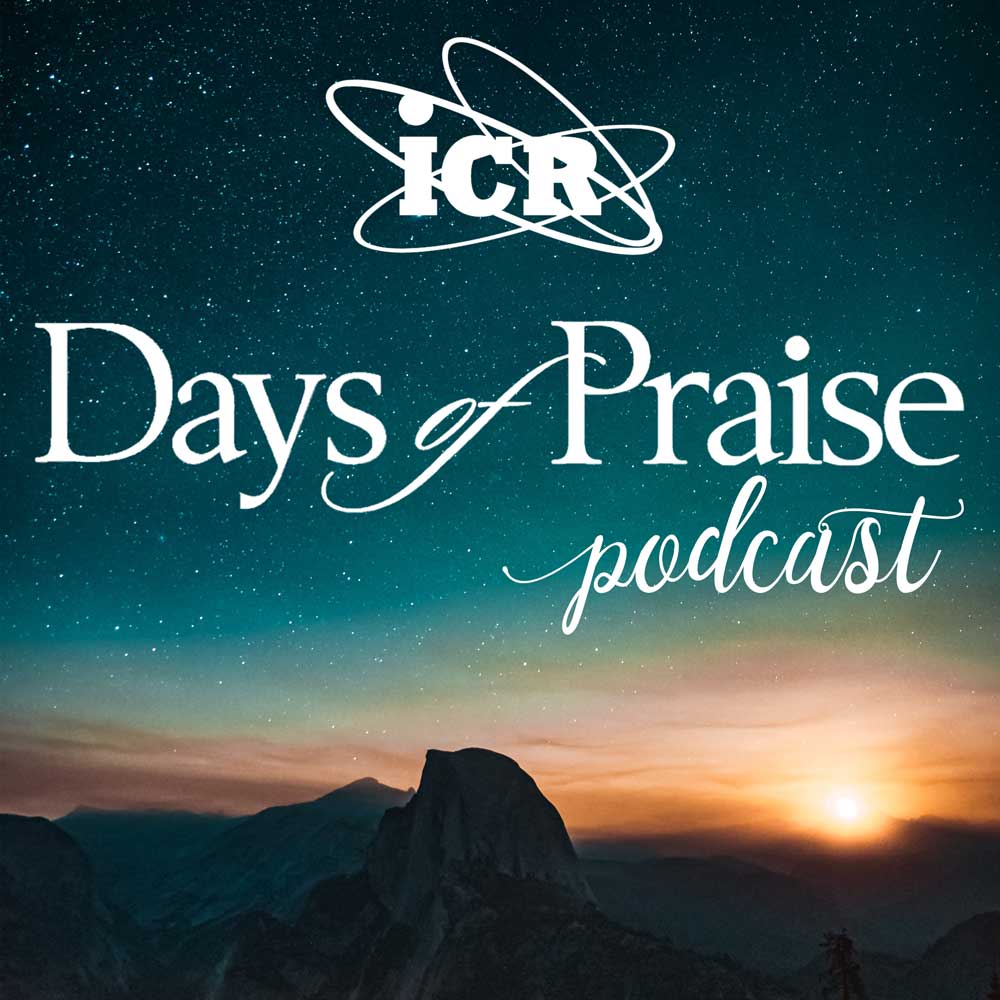“Therefore we are buried with him by baptism into death, that like as Christ was raised up from the dead by the glory of the Father, even so we also should walk in newness of life.” (Romans 6:4)
The burial of Christ after His death was extremely important for two reasons. First, it assures us that His death was a physical death and that His resurrection was a bodily resurrection. Second, His burial—like His death and resurrection—has profound doctrinal and practical significance for the believer’s individual life.
All this is pictured, as our text points out, by the ordinance of baptism, displaying symbolically the death of Christ for sin and the death of the believer to sin, then the burial of the corruptible body of flesh (which, for all but Christ, returns to dust in accordance with God’s primeval curse). And finally, the resurrection, demonstrating Christ’s eternal victory over sin and death, and, in the case of the believer, the beginning of the new life in Christ.
The same truth appears again in Colossians 2:12: “Buried with him in baptism, wherein also ye are risen with him through the faith of the operation of God, who hath raised him from the dead.” Although these are the only New Testament passages where the doctrinal implications of Christ’s burial are specifically mentioned, the spiritual truths taught thereby permeate all the Scriptures. If our old bodies of sin are—at least positionally—already in the grave, then it is altogether grotesque for them still to be walking around in sin. “For if we have been planted together in the likeness of his death, we shall be also in the likeness of his resurrection” (Romans 6:5). We shall (not “should,” as misleadingly rendered in our text) walk in newness of life, triumphant daily over sin through the implanted resurrection life of our victorious Savior. HMM
 Days of Praise Podcast is a podcast based on the Institute for Creation Research quarterly print devotional, Days of Praise. Start your day with devotional readings written by Dr. Henry Morris, Dr. Henry Morris III, Dr. John Morris, and others to strengthen and encourage you in your Christian faith.
Days of Praise Podcast is a podcast based on the Institute for Creation Research quarterly print devotional, Days of Praise. Start your day with devotional readings written by Dr. Henry Morris, Dr. Henry Morris III, Dr. John Morris, and others to strengthen and encourage you in your Christian faith.









